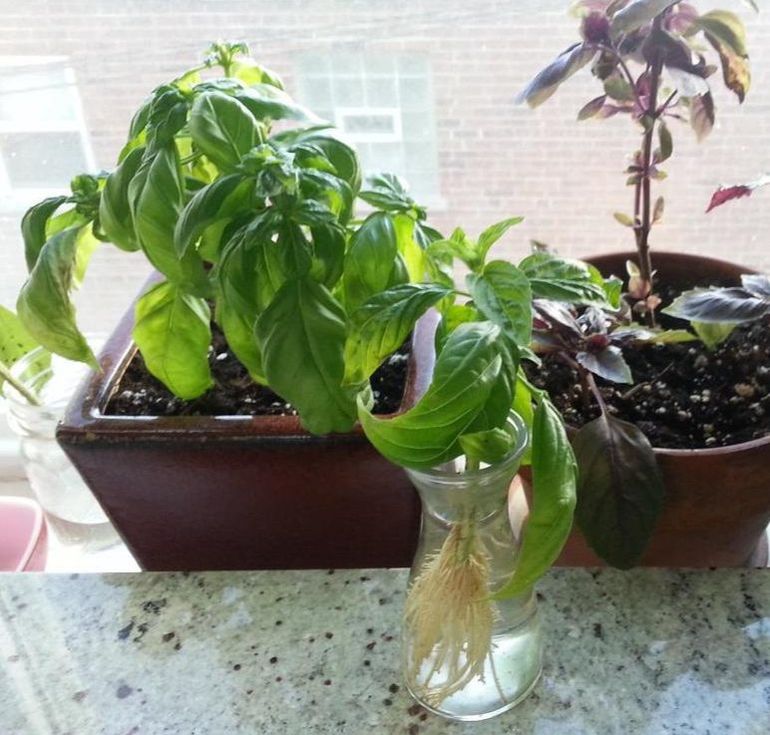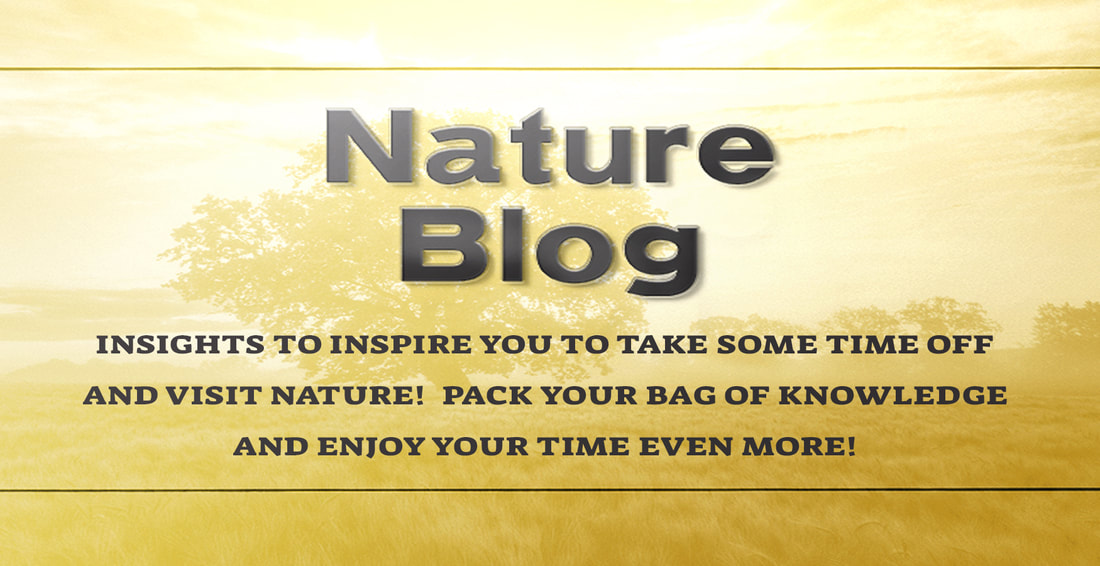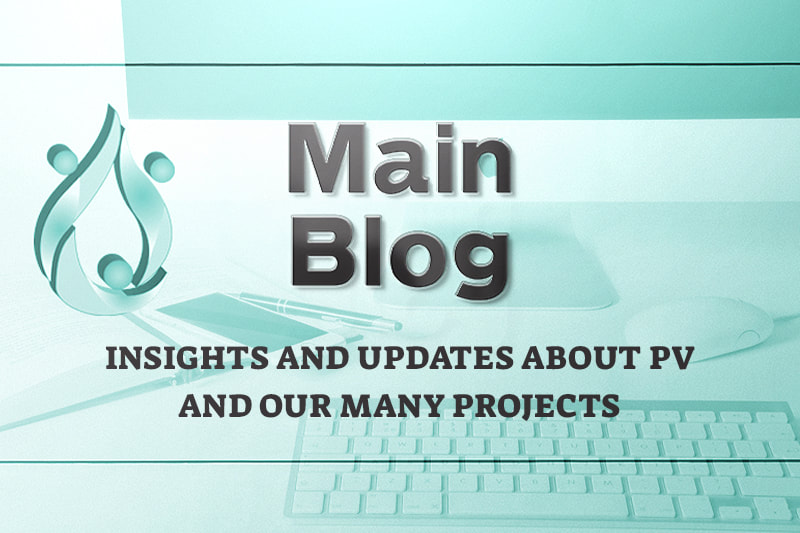|
All of this explains how nutritious basil could be when consumed by man. It is widely used in both fresh and dried form of it. It is used majorly in cuisines, and it is especially used for foods made of tomato, soups, salad, pesto and chicken meats. Although suggested to have originated from India, it is widely grown all over the world today, and that speaks for its acceptance as spice and medicine all over. For successful growth, the plant prefers light soil and high temperature as it does not tolerate drought. It’s around 160 different varieties are differs in leaf color, flowers and chemical composition, but the chemical composition determines the taste of the plant. Aside its use as spice, basils are also cultivated for its oil which re essential medicine and of great use in the chemical industry. It is widely cultivated also for ornamental use. Physical and compositional fact of the plant Depending on their varieties, basil can grow as tall as between 12 and 51 inches. They have green silky leaves which mostly are oval in shape. However, some varieties of the plant have purple leaves. The plant develop spiky miniature flowers which usually appear on top of plant. Its flowers come in colors ranging from pinkish to whitish or mauve in color. It is insect pollinated and their flowers turns into dry leave fruit usually called achene. Propagation is usually via seeds and plant cutting. It has many edible parts including flowers and leaves, but the leaves are more edible than the flowers. Also the leaves have be tested to be rich in non-essential oils. Usually, when the plant starts flowering, the plant’s stem becomes rough and essential oil production ceases. To avert this, gardeners usually remove flower buds to prolong lifespans as well as leaves freshness. Varieties of basil are so natural distinct that they have different aroma. The sweet ones have clove-like aroma, and the lemon and cinnamon basil have lemon and cinnamon-like aroma respectively. Although the plant is used in most salty dishes, its fresh leaves can be used as ingredients used in preparing chocolate and ice cream. The plant is also used in folk medicine especially for treatment of constipation, cramps, depression, anxiety and flatulence. The plant is also largely antimicrobial, antiviral and anti-oxidant, and this suggest it could be used for cancer treatment. The plant contains chemicals which repel insects and it has been found to be toxic to mosquitoes. It is an annual plant and this means that it completes its life cycle within a year. How to Grow Basil Indoors
The basil, which are used as flavor, are fertilized organically because that help to maintain the pH level of the crop when grown indoors, as the sufficient pH level for growth is between 6.0 and 7.5. The growing container should be filled with ¾ soil. Potting Containers (pot) should be sterilized such that diseases are not easily transferred to basil seeds. This could be done by soaking the container in a solution made of water and a mild cleanser before it is rinsed and scrubbed. The choice of pot is important in indoor growing of basil because that is a direct function of soil drainage. A pot that offer sufficient drainage should be chosen. Majorly, the pot should be made of clay, plastic, concrete or stone, where draining holes are created in the bottom regardless of which material is in use. Transplanting
Lighting requirements Lighting is important for growing basils. The planting container should be placed in a sunny window facing south and it must be exposed to at least six hours of sunlight. This doesn’t mean that the plant should be placed entirely and directly under the sun. Where the required windows are not available and lighting could be a difficult one, you could grow the plant under fluorescent lights. However, when fluorescents are used as light source, the plant would need about ten hours of light for healthy growth instead of six. You could also alternate between sun and artificial lighting.
While the growth of the plant is fun, it usually require a frequent repotting. If these approaches could be followed properly, you would have delicious herb all year round.
0 Comments
Leave a Reply. |
GROW ORGANIC!
|
|





 RSS Feed
RSS Feed




